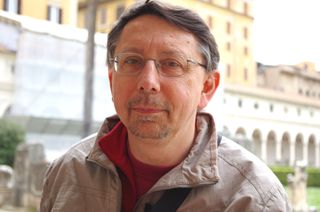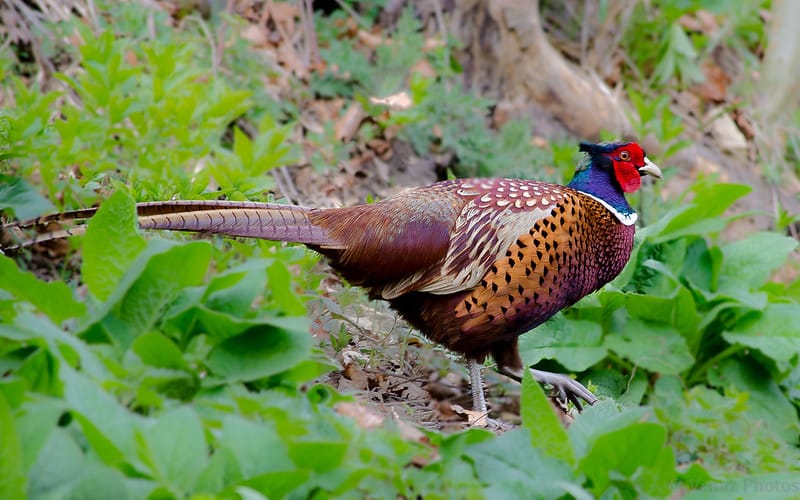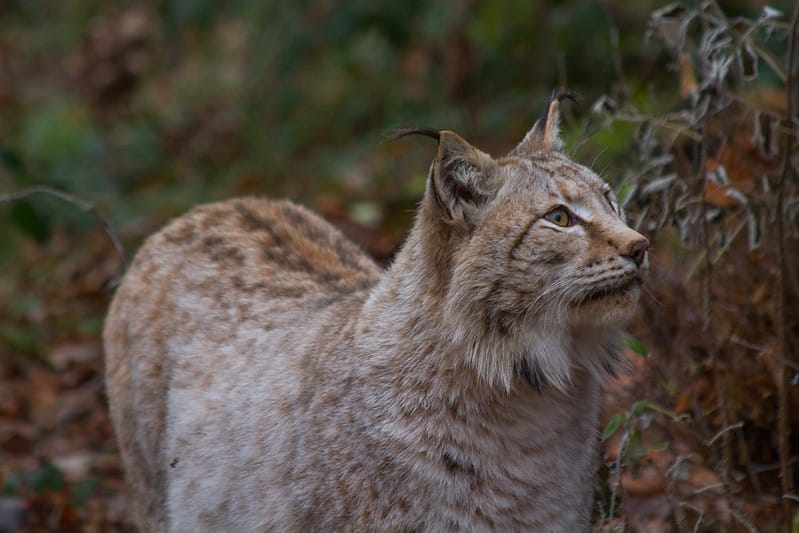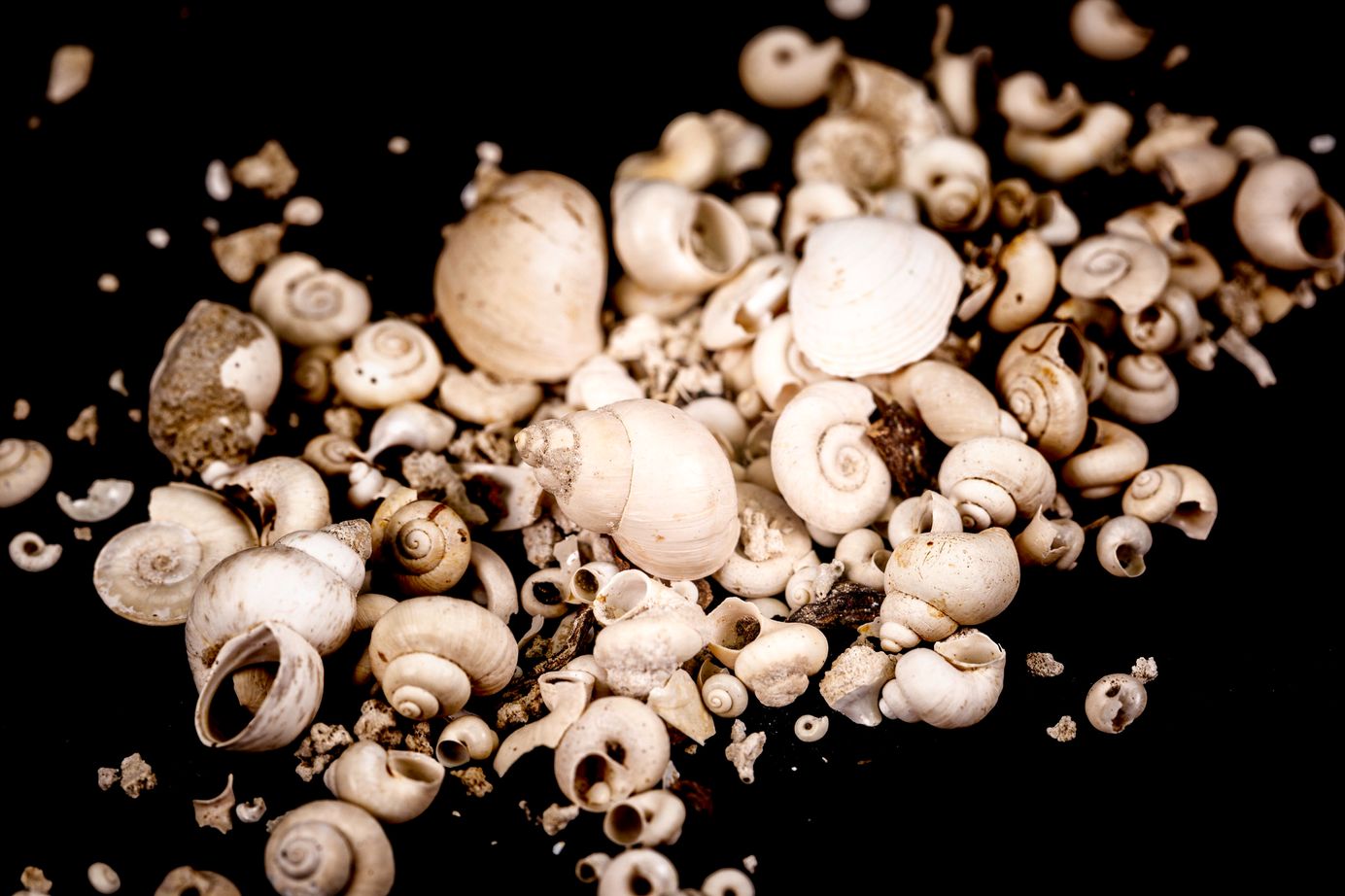
Attacks on archaeology will harm efforts to restore the natural world
By looking to the past, we can better understand how to save nature and tackle climate change in the future.
Climate change is one of the greatest threats that humanity faces. The catastrophic impacts are already with us, while the political establishment watches on.
Nature, too, is in freefall: every year, we see forests destroyed, species dwindle and habitats shrink.
Our awareness of the threats posed by climate change dates back just a few decades, when NASA scientist James Hansen testified on the greenhouse effect before Congress and pushed it into the mainstream. Similarly, our notions of what the natural world should look like are calibrated to recent baselines, often within living memory: our hopes for the future are predicated on the landscapes of our grandparents’ childhoods, and our outrage prompted by the desecration that has taken place since then.
Yet the causes of these crises date back to a much more distant past. The path of humanity was mapped long before we learned how to exploit fossil fuels or manufacture chemical pesticides. Rather, our future was plotted when our forebears decided that the natural world was merely a resource to be pillaged.
Far too many societies have ignored the fact that the planet is finite and, to nourish humans, it has to remain healthy. For millennia, this exploitative approach produced damage that was local or regional. However, the rise in human populations and, particularly, the increased efficiency of this exploitation using ever more sophisticated technologies has transformed the environmental crisis into a global phenomenon.
To cope with the climate and ecological crises, we desperately need better science and greater knowledge. Typically, these have come in the form of technofixes: more efficient wind turbines, carbon capture plants, even geoengineering. Some of these developments have helped, while others have hindered. None of them, however, will wholly succeed in fixing the broken relationship between humans and nature.
I am an archaeologist, which means I study the material remains of our past. My research focuses specifically on animal remains, which provide a window into distant patterns of human behaviour, such as domestication, husbandry, mobility, settlement patterns and ancient rituals. Unlike palaeontology – the study of fossils – archaeology encompasses the history of nature and the development of human cultures, which makes my subject perfectly positioned to grapple with the problems facing human societies today.
Because it’s not only the roots of our current crises that lay in the past. By looking to older societies, we can also find some of the solutions. There is more than one direction of travel; and we can adapt creatively to the current crises by looking not forwards but backwards in time.
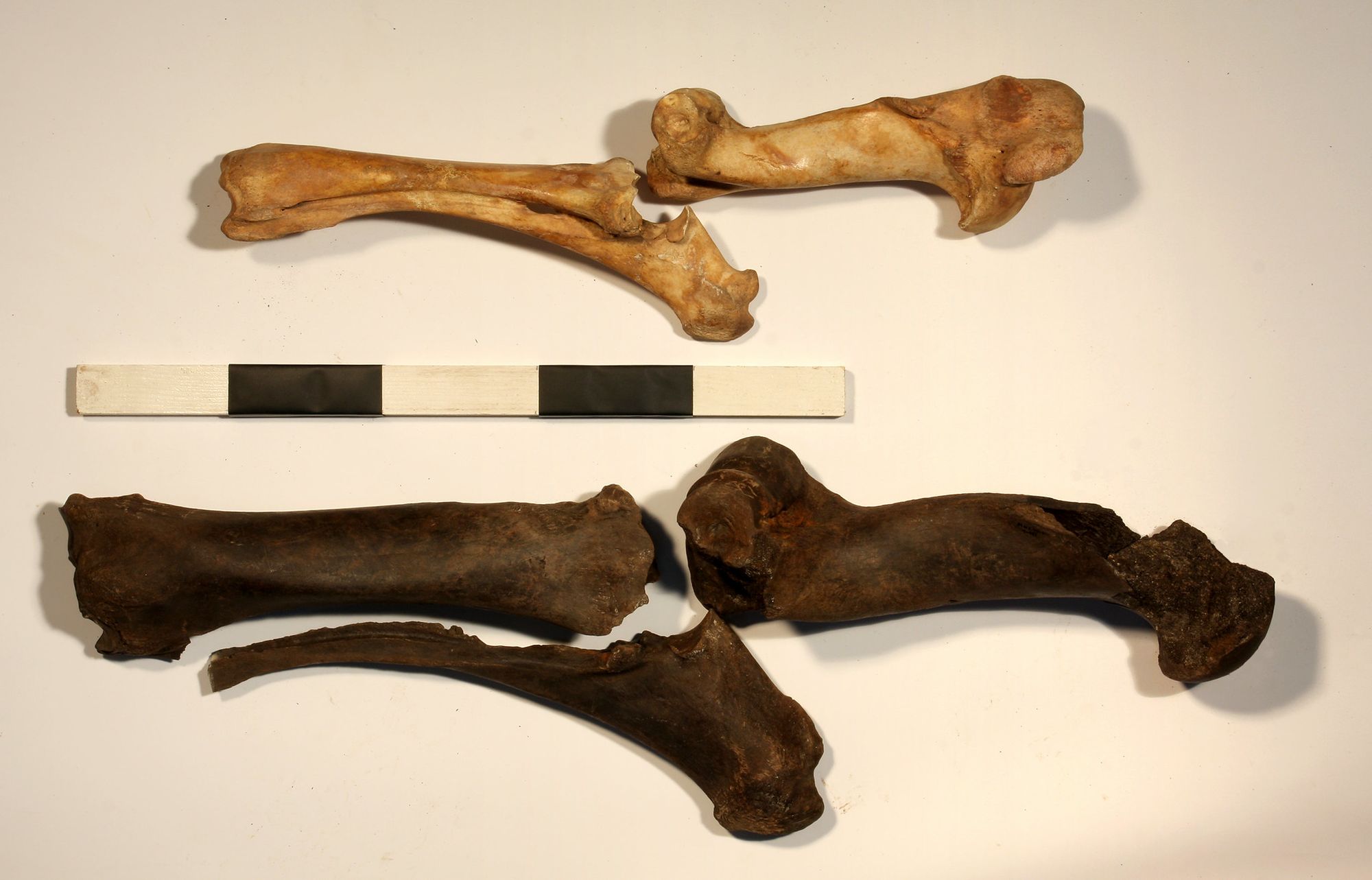
When human communities maintained a closer relationship with their natural environment, they were better aware that the resources available to them could be exhausted, and therefore had to be used wisely. If soils, plants and animals were overexploited, this would be to the detriment of the human population. Archaeology shows us that humans have survived by being resourceful and flexible – a skill that we have lost to today’s consumerist society, wedded as it is to the dogma of perennial economic growth.
Furthermore, we will never fully understand how compromised our ecological niche is without looking deep into time, and by reflecting on the embeddedness of human culture in the natural world.
Archaeology can help to throw light on the environmental changes that humans have wrought on the planet over the last 10,000 years. The appearances of most contemporary landscapes, even those located in remote areas, have been shaped by human management (and mismanagement). Only in a few cases are these transformations the consequence of modern interventions; many are the physical embodiment of the needs and desires of our distant ancestors.
The long history of deforestation, for instance, is written in the fossilised grains of pollen that ancient trees left in the earth. By analysing pollen sequences, archaeologists can reconstruct fluctuations in tree coverage, and work out which species may have declined or increased in abundance. We can consider whether these changes were caused by humans or historic changes in climate – information that will be vital to conservationists as we march inexorably into the Anthropocene.
Geoarchaeologists have an important role to play when it comes to the history of soil. By studying the history of sediment deposition, we can better understand the degree of erosion on mountain slopes, which may be a consequence of overgrazing. The study of ancient geological layers, and the particles involved in their formation, may also provide valuable information about phenomena like flooding and aridification.
The remains of plants and animals that lived long ago can also help to understand the past. Land snails, for instance, are an excellent source of information about broader climatic and environmental changes. Water-based creatures – ranging from fish to diatoms – can reveal ancient water quality. Biochemical studies, meanwhile, can tell us what our predecessors were breathing: studies of human bones and teeth have shown instances of excessive lead accumulation, revealing instances of industrial pollution.
Zooarchaeologists and archaeobotanists can provide vital information when it comes to rewilding, providing physical evidence of when plant and animals were depleted, introduced or driven to extinction – and, crucially, the consequent impacts on ecosystems. It is thanks to archaeological research that we know pelicans still existed in Britain 2,500 years ago, and that beavers, wolves and wild boar were still roaming the British countryside in the Middle Ages. Conversely, rabbits and fallow deer were hardly present before 1,000 AD.
Even without resorting to digging, archaeologists can show how human populations changed their landscapes and adapted to continuous climatic and environmental change, gleaning clues to the past through the scars, shapes and artefacts left on the surface of the land.

Our wonder for the past, and our genuine curiosity about our ancestors, means that archaeology has long been a popular field of study. As we head into a hotter and more damaged world, the discipline is more important than ever, providing unique insights about humanity’s relationship with nature, and practical tools that we can use to carve out a more sustainable future.
Logic would dictate, therefore, that the field should be promoted and invested in. But the opposite is happening. Archaeology is under attack.
At a meeting on 12 July, the University of Sheffield announced that it would close its archaeology department, the place to which I have passionately dedicated the last 17 years of my working life. The move has generated a massive outcry: a petition against the closure has been signed by almost 50,000 people; the Council for British Archaeology branded it as “devastating”; and several donors have withdrawn their financial contributions to the university. The loss for students, and the scientific community at large, is immense.
I am in no doubt that the decision is politically motivated. Greed has taken hold of our society. Power and money dictate decision-making, and governments have become hostile to fields of study that promote critical thinking but do not provide what they see as useful services for the ruling class.
Earlier this year, the Conservative government announced that it would cut funding for arts subjects at universities by half, in what has been described as an “act of vandalism”, to focus resources on science, technology, mathematics and medicine. Archaeology escaped this particular round of cuts by the skin of its teeth – but the wider trend is clear.
The government believes that the future can be fixed through new inventions and better engineering. Such developments have an important role to play, but they are not the whole story: the humanities, too, will pave the way forward.
Nothing demonstrates that better than archaeology: its demise will compromise not only our understanding of the past, but also our hopes for the future.
You can sign a petition to protest against the closure of the Sheffield Department of Archaeology here.
Please do follow the #SaveSheffieldArchaeology campaign on Facebook at or on Twitter searching for the hashtag.
Inkcap is 100% reader-funded. If you value independent environmental journalism, please consider supporting Inkcap by becoming a paid subscriber.

Subscribe to our newsletter
Members receive our premium weekly digest of nature news from across Britain.
Comments
Sign in or become a Inkcap Journal member to join the conversation.
Just enter your email below to get a log in link.

